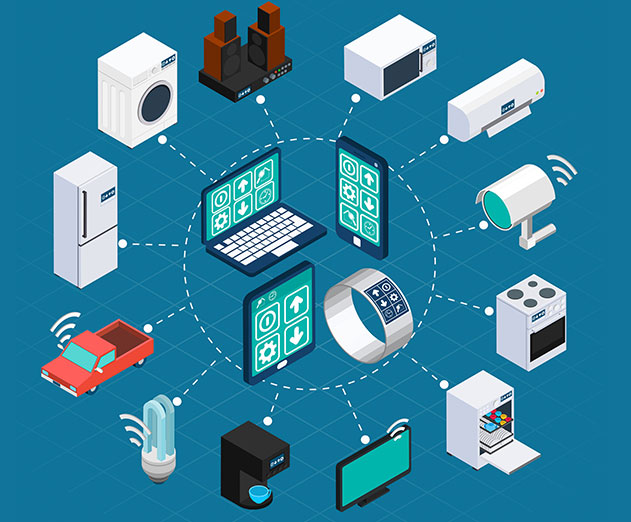IoT
Google Cloud looks to streamline IoT management
Wednesday, February 28, 2018

|
Richard Harris |

Cloud based IoT management solution has been released by Google.
Google has announced that their Cloud IoT Core, a fully managed service to help securely connect and manage IoT devices at scale, is now generally available. With Cloud IoT Core, you can easily connect and centrally manage millions of globally dispersed connected devices. When used as part of the broader Google Cloud IoT solution, you can ingest all your IoT data and connect to analytics and machine learning services to gain actionable insights.
This general availability release incorporates an important new feature: You can now publish data streams from the IoT Core protocol bridge to multiple Cloud Pub/Sub topics, simplifying deployments. For example, imagine you have a device that publishes multiple types of data, such as temperature, humidity and logging data. By directing these data streams to their own individual Pub/Sub topics, you can eliminate the need to separate the data into different categories after publishing.
This general availability release incorporates an important new feature: You can now publish data streams from the IoT Core protocol bridge to multiple Cloud Pub/Sub topics, simplifying deployments. For example, imagine you have a device that publishes multiple types of data, such as temperature, humidity and logging data. By directing these data streams to their own individual Pub/Sub topics, you can eliminate the need to separate the data into different categories after publishing.

Become a subscriber of App Developer Magazine for just $5.99 a month and take advantage of all these perks.
MEMBERS GET ACCESS TO
- - Exclusive content from leaders in the industry
- - Q&A articles from industry leaders
- - Tips and tricks from the most successful developers weekly
- - Monthly issues, including all 90+ back-issues since 2012
- - Event discounts and early-bird signups
- - Gain insight from top achievers in the app store
- - Learn what tools to use, what SDK's to use, and more
Subscribe here










